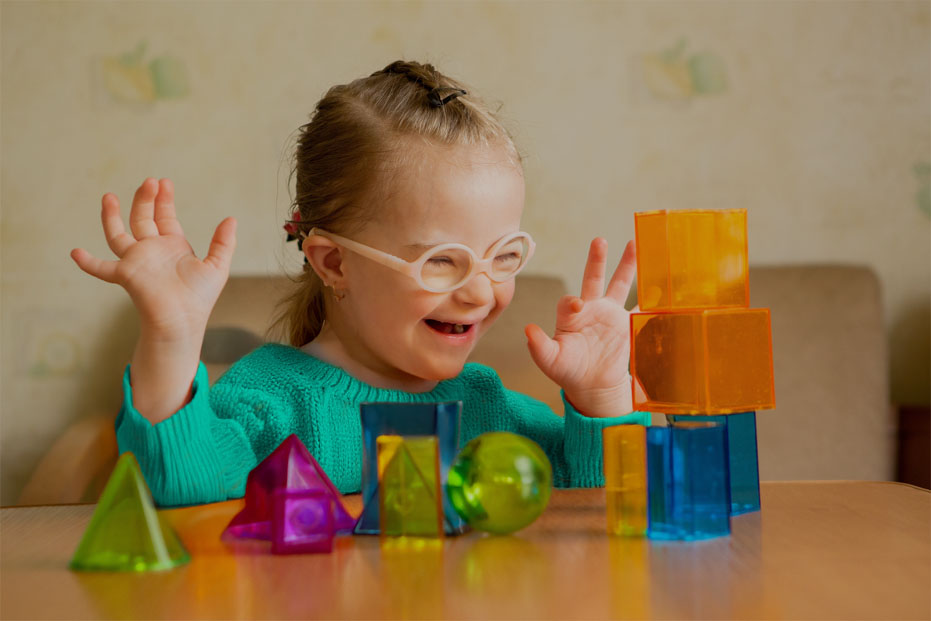Social Scripts for Kids at Family Gatherings
Pathways to Potential Part 5
Recognizing CVI: Ten Characteristics
Understanding CVI
Sight Unseen
Inclusion Without Overwhelm
To Tell or Not to Tell
Rose Colored Glasses
Summer’s Secret Skills
Recognizing Early Signs of Autism
A Hug from Above
Smart, Simple Camp Prep for Kids With Special Needs
Pathways to Potential Part 4
The Colors of the Spectrum
The Essential Guide to Outings with Kids with Special Needs
Pathways to Potential Part 3
How Do I Get OPWDD Approval?
Indoor Winter Sensory Adventures
Defining IDD Levels and Severity
Life Skills for Individuals with Intellectual Disabilities
The Sensory-Smart Gift Guide
Spina Bifida: Early Intervention
Nothing to Hide
Pathways to Potential Part 2
Yom Tov Transitions Made Easy
NYC’s Top Accessible Adventures
The Yom Tov Parenting Survival Guide
Understanding OPWDD Eligibility: What You Need to Know
How Direct Support Professionals Enhance Quality of Life
What Is Com Hab and How Does It Provide Individualized Support?
6 Benefits of Respite Care for Families of Kids with Special Needs
Encouragement for the First Day of School
What is Spina Bifida? An Overview
My Life in Holland
Fostering Independence in Children With IDD
Understanding IDD
What is Epilepsy?
Defining Signs of Dyslexia
Pathways to Potential Part 1
Understanding Down Syndrome
Early Intervention for Down Syndrome
Our Roller Coaster Ride
Understanding Cerebral Palsy
Understanding Autism
Autism Support
Sensory Processing Sensitivity Test
Decoding Diagnostic Tests
The Ultimate Child Development Checklist

 OPWDD Guidance
OPWDD Guidance Family Support
Family Support Services for Children
Services for Children Services for Adults
Services for Adults Services for Children 0-3
Services for Children 0-3 Adult Acute Care
Adult Acute Care











.png)



.png)











